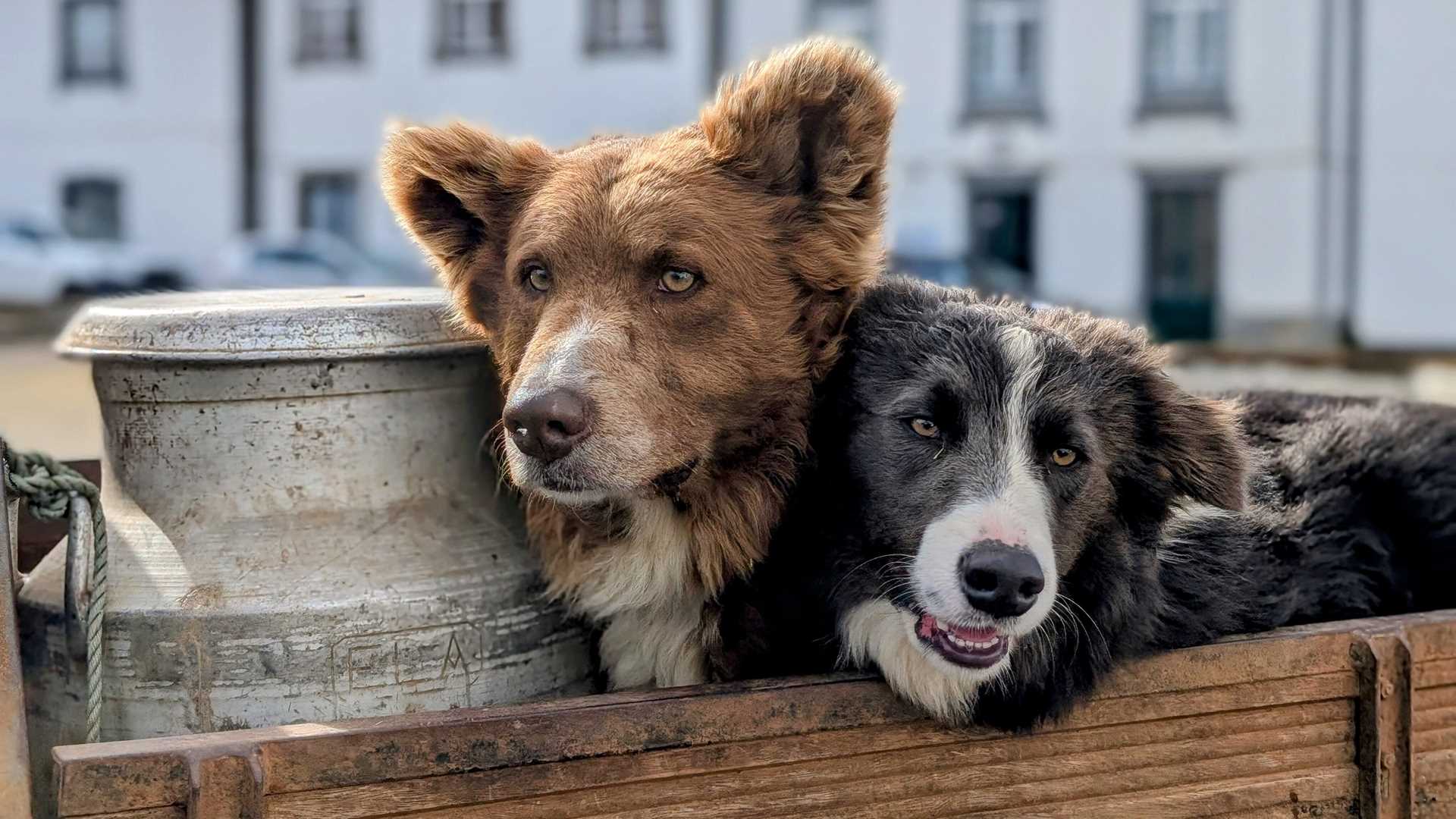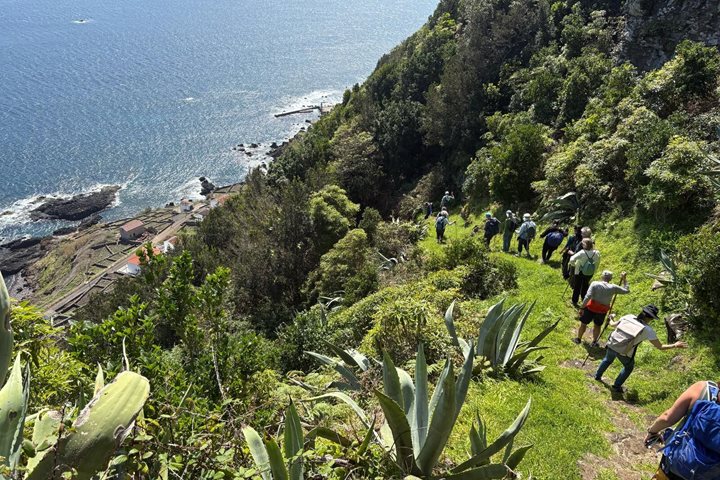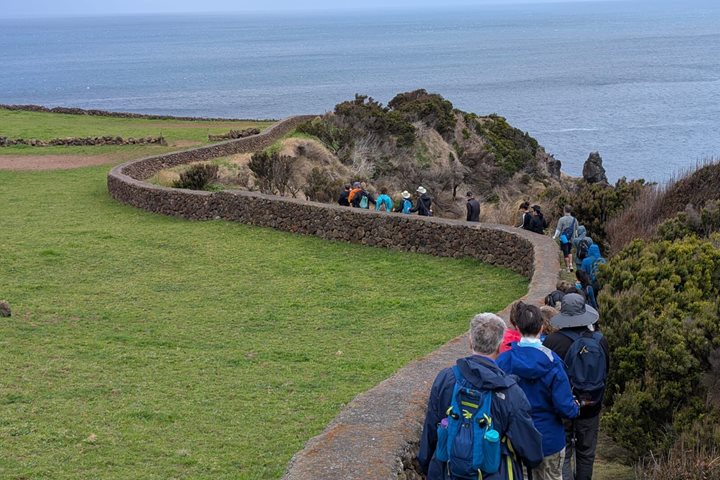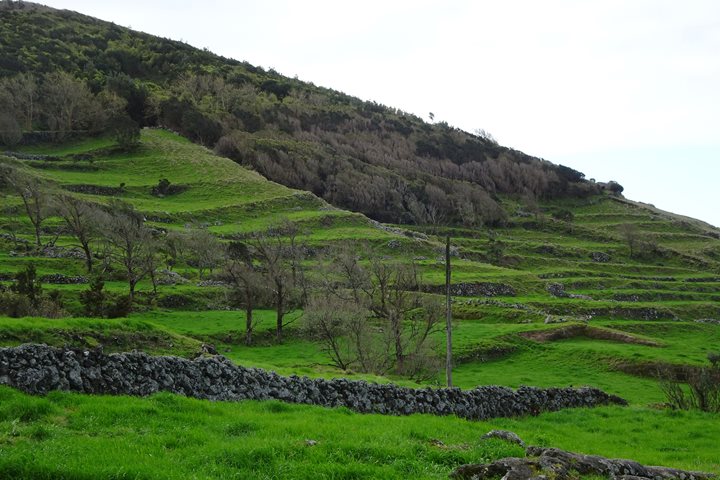Terceira gets its name, unsurprisingly, from being the third largest island in the Azores archipelago. It’s the second largest island by population, and the largest of all in terms of chapels, festivals, and nightlife. While we were not destined to see the latter two, we spent our day exploring the island and visiting the scenic overlooks and dairy pastures before descending into the city of Angra do Heroismo, the oldest city of the Azores and a UNESCO Cultural World Heritage Site. Some took to a nearby volcanic remnant on the coast for an afternoon hike, while most of us enjoyed the scattered clouds and scenic streets of the town by foot.
4/24/2025
Read
National Geographic Endurance
Santa Maria
Colors were bright on this marvelous spring day in Santa Maria. The sun shined as hikers made their long descent down to Anjos. The moderate to strenuous walk started at the Church of Santo Espírito, zigzagged around grassy fields, cows, cedars, and windmills and went to where the tallest waterfall in Portugal jumps over the cliff. As the steep trail ran down to the village of Maia along the rock walls, we enjoyed the star-shaped yellow flowers of the endemic Aichryson santamariensis. Those that preferred to explore the island on the scenic tour visited the top of the island and Pico Alto, the church where Columbus’ crew stopped to pray while returning from the New World, and other viewpoints, including São Lourenço Bay, truly a postcard come to life. In the afternoon we had presentations by Angélica Bas Gómez on cetacean migration through the Azores, and National Geographic Photographer Krista Rossow instructed us on how to photograph people. The talks were interrupted by a couple of blue whales during our crossing from Santa Maria to São Miguel. The night brought us the Azorean guitar - Viola da Terra - played by Rafael Carvalho, a local master musician. It was a wonderful ending to a wonderful day.







